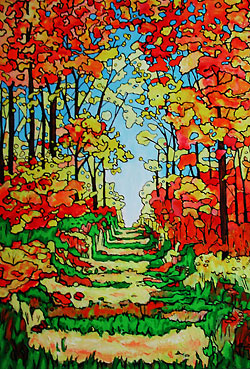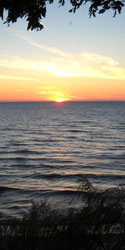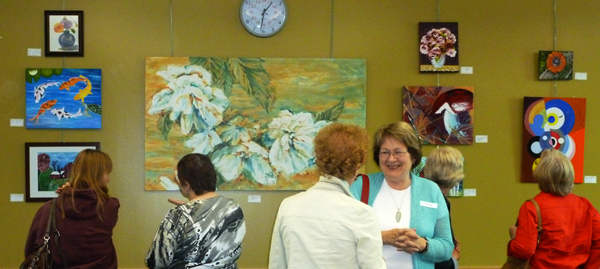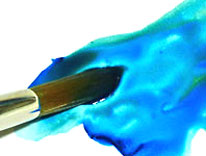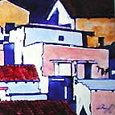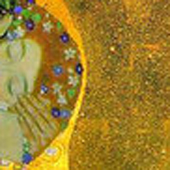There are soooo many tubes and jars of colour out there – isn’t it wonderful! But how to choose? If you are new into art, you might check out the recommended paint supply lists on my website. Here’s the link…”
Art Supplies“. Once you’ve been painting for awhile, you will want to explore more colour choices. To help with this, it’s a good idea to get familiar with the actual pigments listed on the tube. For example: Titanium White is PW6 and Ultramarine Blue is PB29. If at the store you see what might be a different blue, say called “Sky Blue” (I’m just making this up) read the pigments on the label. If it says PW6 and PB29, and you already have those 2 pigments, you can easily mix that colour. It would be more worthwhile for you to explore a pigment that you don’t yet own – and there are likely lots of those!
